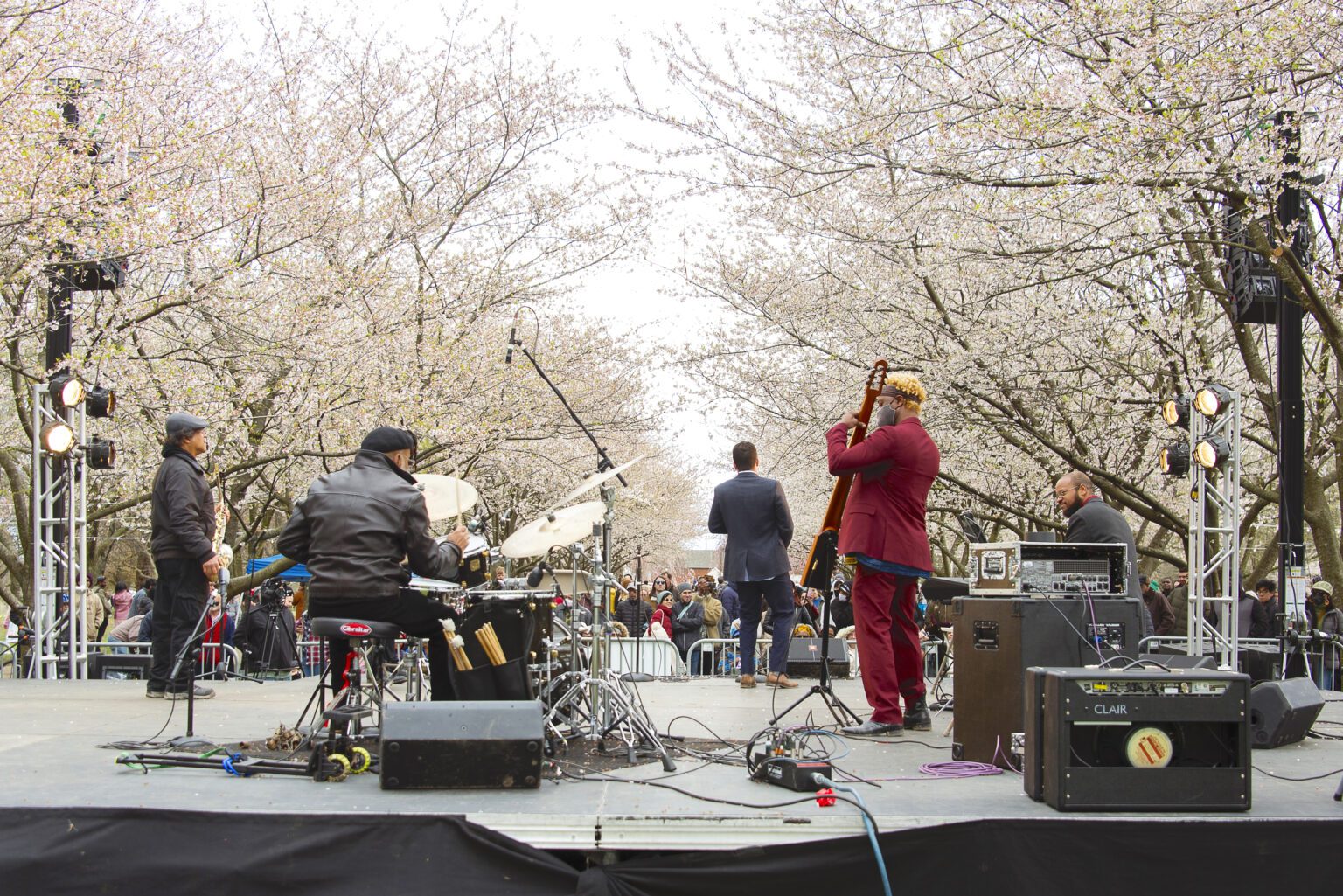
17 Oct #FundTheArts Urges Philadelphia’s Government to Help A Struggling Industry
BY C.M. CROCKFORD
When the Philadelphia city government released its proposed 2020 fiscal year budget, the public saw that they had not just cut the arts funding by 40 percent, but had also eliminated all money for the Office of Arts, Culture and the Creative Economy (OACCE) and the Philadelphia Cultural Fund (PCF). The deep cuts in the budget proposal aimed to address the pandemic-related budget deficit the city faced.
However, the 2020 fiscal budget proposal from Mayor Jim Kenney’s administration faced backlash from the community. The plan threatened the job security of city employees and arts and culture workers throughout the city. Meanwhile, the Philadelphia police budget actively increased (until the city reversed the decision).
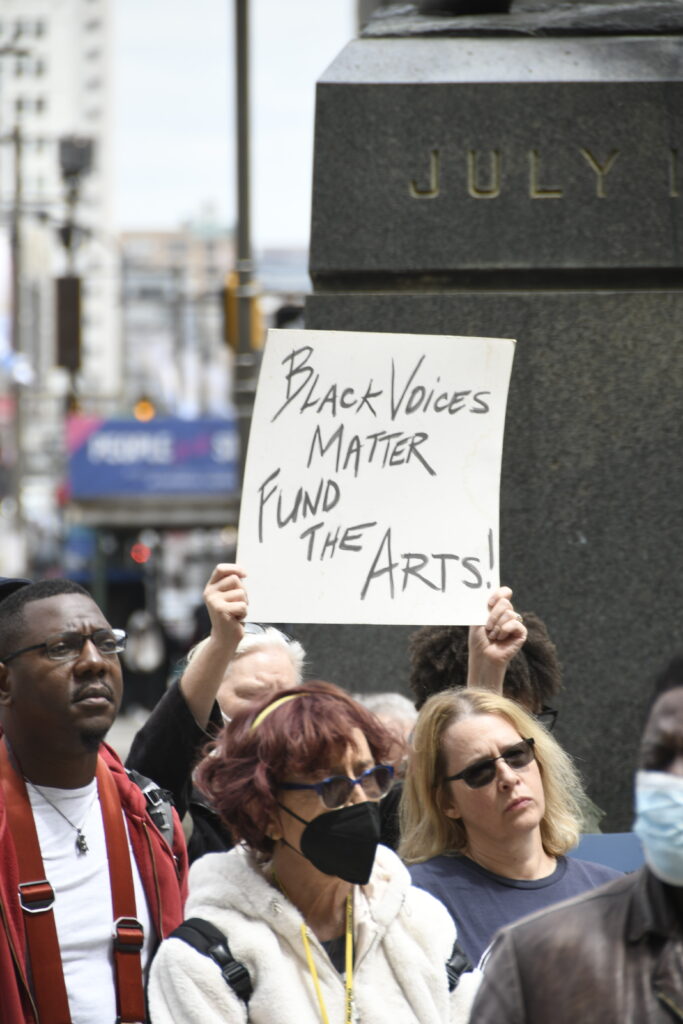
The OACCE ultimately wasn’t eliminated, and the Philadelphia City Council eventually restored some of the PCF budget after considerable community organizing. The city’s 2023 fiscal budget also increased the budgets for the PCF, Mural Arts, and multiple other arts and culture organizations.
Yet for an urban population of 1.5 million people, Philadelphia’s arts funding simply isn’t adequate. This is especially true since the COVID-19 pandemic–the regional industry has drawn smaller audiences as a whole and lost $2.3 billion in revenue in 2020-2021 alone. This August, Opera Philadelphia cut its annual budget by 20% and eliminated five positions because of dwindling crowds and a lack of philanthropic interest.
Philadelphia’s arts funding problem is an example of a nationwide issue. According to Grantmakers in the Arts’ 2020 report on the subject, while aggregate funding looks stronger on paper, when adjusting for inflation, total public funding for the arts decreased by 19% in the past 20 years, while local funding shrank by 14%.
The largest source of public funding for the arts and arts education in the country comes from the National Endowment for the Arts (NEA). It is an independent federal agency that was established by Congress in 1965. In 2016, The Atlantic wrote, “As the NEA’s budget has been slashed, private donors and foundations have jumped to fill in the gap.” This focus on large nonprofits and privatization has only worsened inequality in the arts, especially in Philadelphia, a location that benefits from a diverse and truly passionate population, but remains the poorest of the 10 biggest American cities.
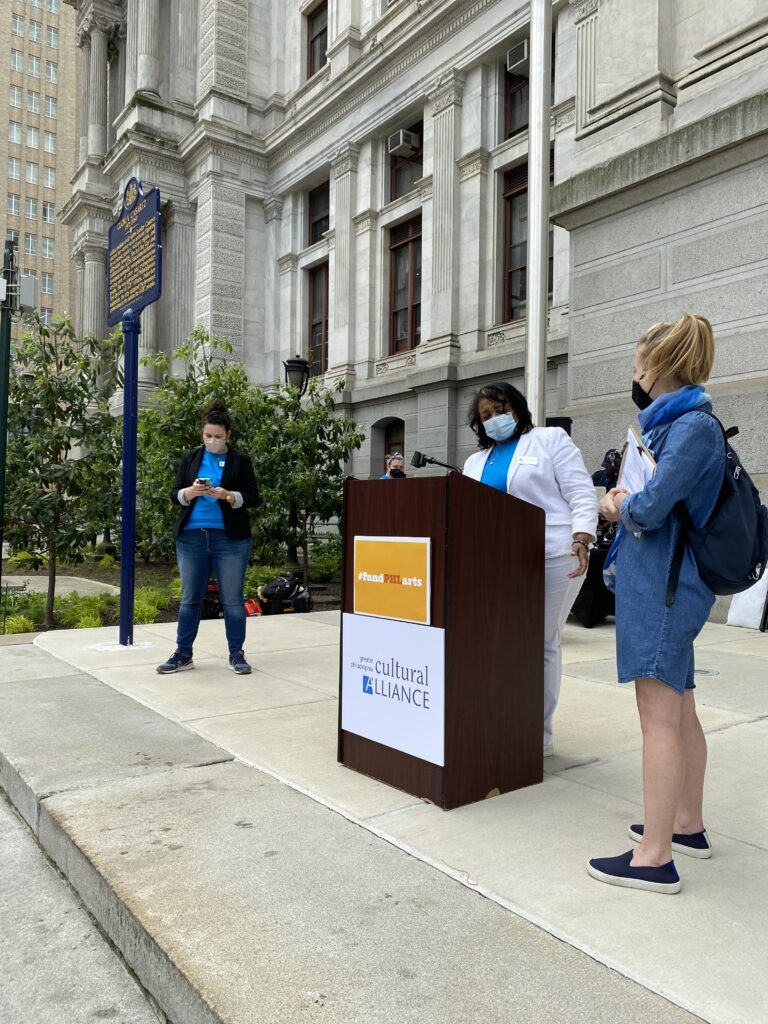
The Greater Philadelphia Cultural Alliance (GPCA) is “a membership and service organization working on behalf of [the arts] sector” and has helped to establish the PCF and strengthen the OACCE. In an interview with Patricia Aden, GPCA President and CEO, she pointed out that other cities “embrace holistic coverage” of local artists and culture, seeing them as intrinsic to their unique identities. The local Philadelphia government instead generally treats art and culture funding as an amenity, not an essential service. This is something the #FundTheArts campaign aims to change.
“Arts and culture are crucial to making Philadelphia run,” explains Aden. Arts organizations in Philadelphia have relied increasingly on private philanthropy over the years to make up for the budget deficit. Launched in May 2022 by the GPCA, the #FundTheArts campaign, which also uses the hashtag #FundPHLArts, calls on the city government to do more for a financially recovering arts and culture industry. This involved social media campaigns as well as a rally held on May 11, 2022 outside City Hall.
During the demonstration, Aden and local arts leaders like David Acosta, Director of Casa De Duende, spoke publicly, while poets, performers, and jugglers practiced their craft and drew attention to the need for more support from the city, asking for $1 million in cultural fund money and $4 million more in government funds. The #FundTheArts campaign’s request for $6.2 million total is still small, after all, compared to the New York City Department of Cultural Affairs’ investment of about $200 million.
The city appears to be responding, and while the PCF budget has slowly increased, Aden seems cautiously optimistic about ongoing arts funds. “We would like to see an ongoing trend of that level of investment,” she said, especially when there are major revenue-generating citywide celebrations coming up in 2026 like the Declaration of Independence’s upcoming 250th anniversary and the city hosting the Major League Baseball All-Star game.
If arts nonprofits face frustration over the city’s lackadaisical attitude toward cultural funding, imagine how unnerved the residents feel. Local visual artist Liz Krick explained that grant opportunities for individuals are ultimately “far and few between.”
“I completely understand why the majority of this money is allocated to public works and nonprofits,” says Krick. “[But] it’s often extremely difficult for individuals without access to grants that can help them sustain their practice and develop new programming.”
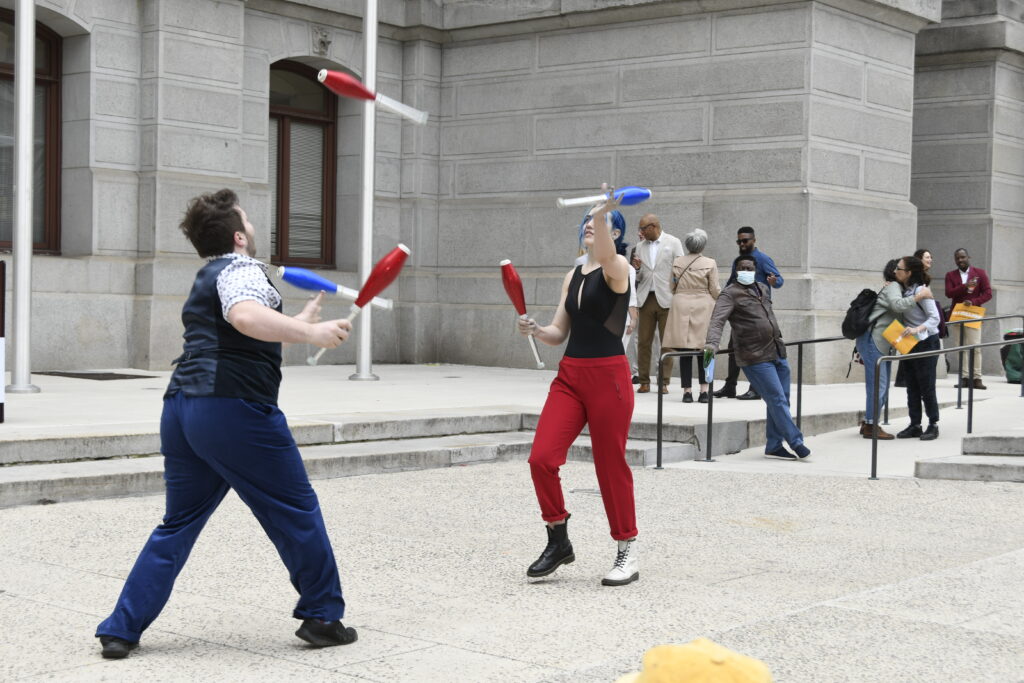
Aden agrees with Krick about the need for a new focus in arts funding. “We have to talk about the people who populate these organizations, the creative workers,” she says. “Where are the policies that help these people stay here?” The CEO believes the city needs subsidized workspaces and housing for artists, especially as rents increase.
Originally formed in 2020 by City Councilmember Isaiah Thomas, the aim of the Arts and Culture Task Force is to provide Philadelphia’s City Council with insights into the arts and culture sector by engaging local artists and cultural workers. The task force published a report on March 15, 2021 outlining four major areas of improvement.
The final paragraph of the task force’s “Problem Statement” certainly articulates the problem: “The arts, culture, and creative economy in Philadelphia is in dire need of a complete overhaul. Bold leadership is needed to address the ailing infrastructure, as well as transparency regarding oversight, order of operation, and policy changes. The city has to atone for its systematic disenfranchisement of the sector by establishing a permanent structure and funding source for arts and culture and develop a plan to provide advocacy and support for individual artists and small organizations, create an environment that centers youth access to the arts, and develop a plan for nighttime governance that encourages, not prohibits, nightlife activities.”
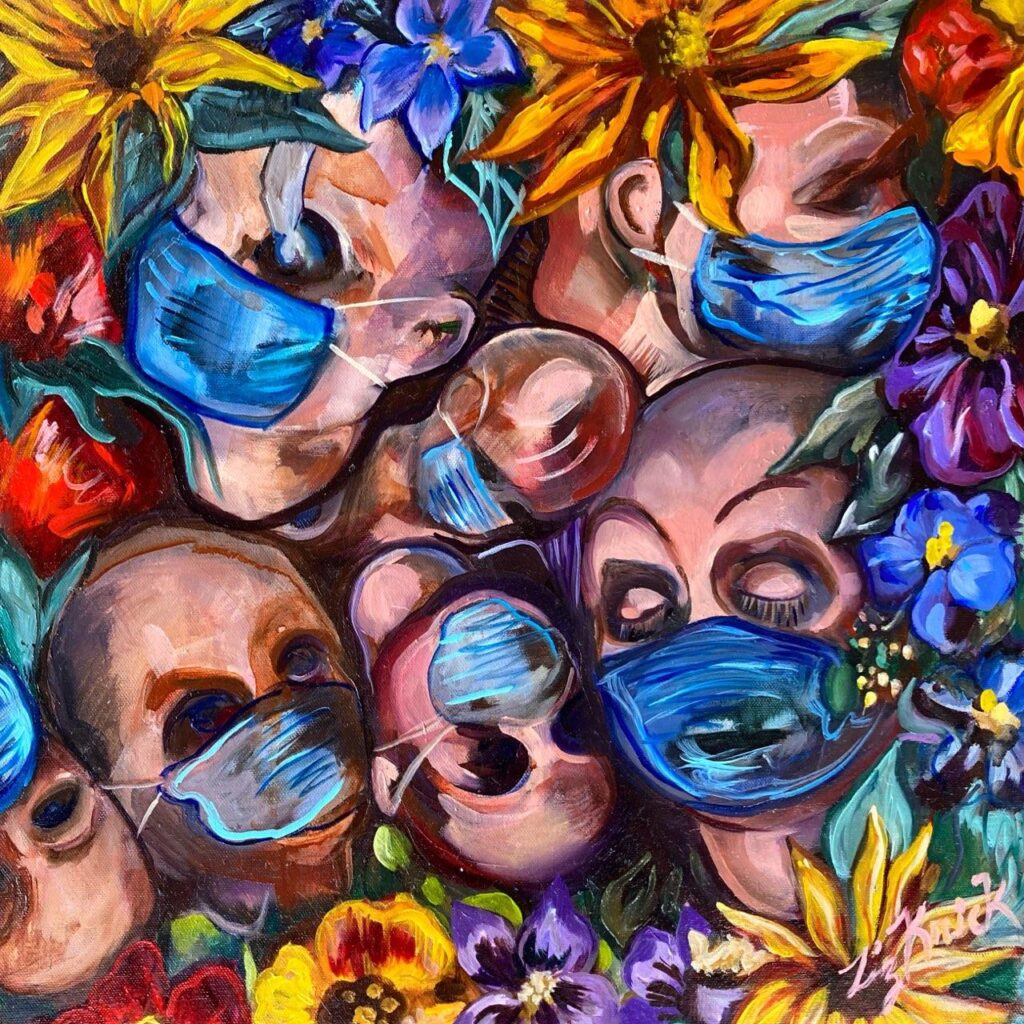
In 2021, a number of different proposals emerged to solve the pandemic-related arts budget crisis. One proposal came from the GPCA requesting $20 million in relief for the arts. Councilman David Oh also pushed for $45 million in relief funds for the arts, which was supported by council members Cindy Bass, Mark Squilla, and Brian O’Neill, but failed to pass. Several council members also sent “Arts and Culture Budget Priorities” memos to then Council President Darrell L. Clarke. Despite all the efforts to find solutions for the arts and culture economy, there have been few advancements in funding.
Council members Isaiah Thomas and Katherine Gilmore Richardson did, however, successfully pass legislation that allowed the transfer of about $1.3 million from City Council’s rainy day fund into the creative economy. The Illuminate the Arts grant was announced in May 2021 as a result of this bill, and was intended as “a means to help sustain and stimulate the recovery of Philadelphia’s arts and culture community” after the devastating impact of COVID-19’s effect on the economy.
This was particularly important because individuals could apply for the grant along with smaller creative enterprises and nonprofits. Artists living in Philadelphia County making less than $54,000 a year could submit applications and potentially be awarded $1,000 each with no strings attached.
Max Weisman, spokesperson for Councilman Isaiah Thomas’ office, explained via email, “We created the Illuminate the Arts grants to help Philadelphia artists find financial relief during the pandemic. Our office quickly found that when we invested in our arts and culture sector, we weren’t just beautifying the city but [were] also bolstering the local economy. After three successful years of this program, we hope it continues and grows to help more people and businesses choose Philly.”
However, these funds haven’t been offered this year as of October 2023.As we approach the upcoming Municipal Election on November 7, 2023, arts funding is a major part of the citywide conversation. On March 8, 2023, there was a Mayoral Forum on the Performing Arts and Cultural Economy hosted by The Kimmel Cultural Campus and Philadelphia Orchestra. Weeks later, on March 30, 2023, the GPCA hosted the PHL Arts and Culture Mayoral Forum where a panel of moderators asked the mayoral candidates questions regarding their arts and culture policies ahead of the Philadelphia primary elections.
The GPCA has released a PHL Arts & Culture Voter Guide that details the platforms of each mayoral and city council candidate. In their answers to the GPCA’s questionnaire, Democratic candidate and former City Council Member Cherelle Parker pushes for an Artist’s Bill of Rights and more accessibility for local artists, comparing them to essential workers like nurses and sanitation workers. Republican candidate and former City Council Member David Oh, meanwhile, discusses creating a larger arts fund, as well as getting artists fairly paid for their work. Each has promised that their cabinet will include a deputy mayor for arts and culture, though time will tell if the position gets created, let alone holds real sway over Philadelphia’s arts scene.
The upcoming 2023 municipal election, then, will be a major determining factor in what a more arts-friendly Philadelphia looks like. Aden hopes “our new mayor will embrace the idea of being an arts mayor.” She aspires for someone who recognizes how the city’s arts and culture is crucial to all local government departments, from health to public safety. One way or another, and regardless of who’s sworn into city council and the mayor’s office in January, the way Philadelphia supports its artists needs to change.
*Featured Image: Philly Celebrates Jazz 2022 concert. Image Credit: Office of Arts, Culture and the Creative Economy (OACCE).
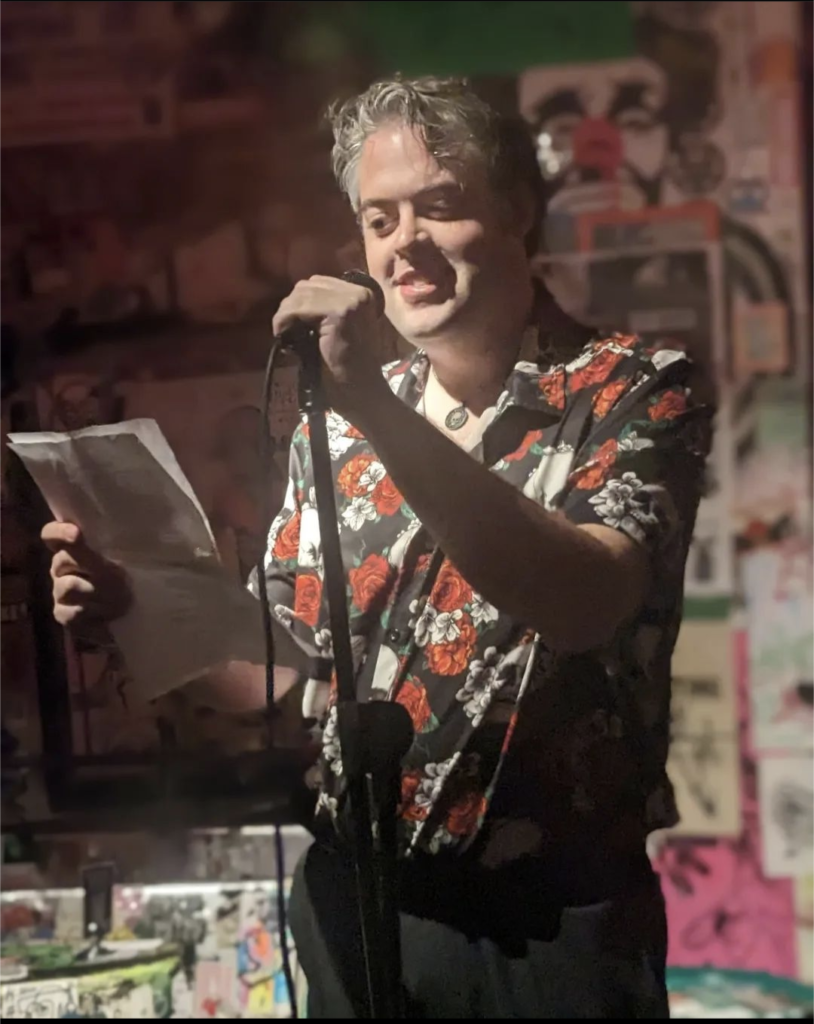
C.M. Crockford is an autistic/ADHD writer and editor from New England. He writes poems, stories, and essays and lives with a few cats in Philadelphia.
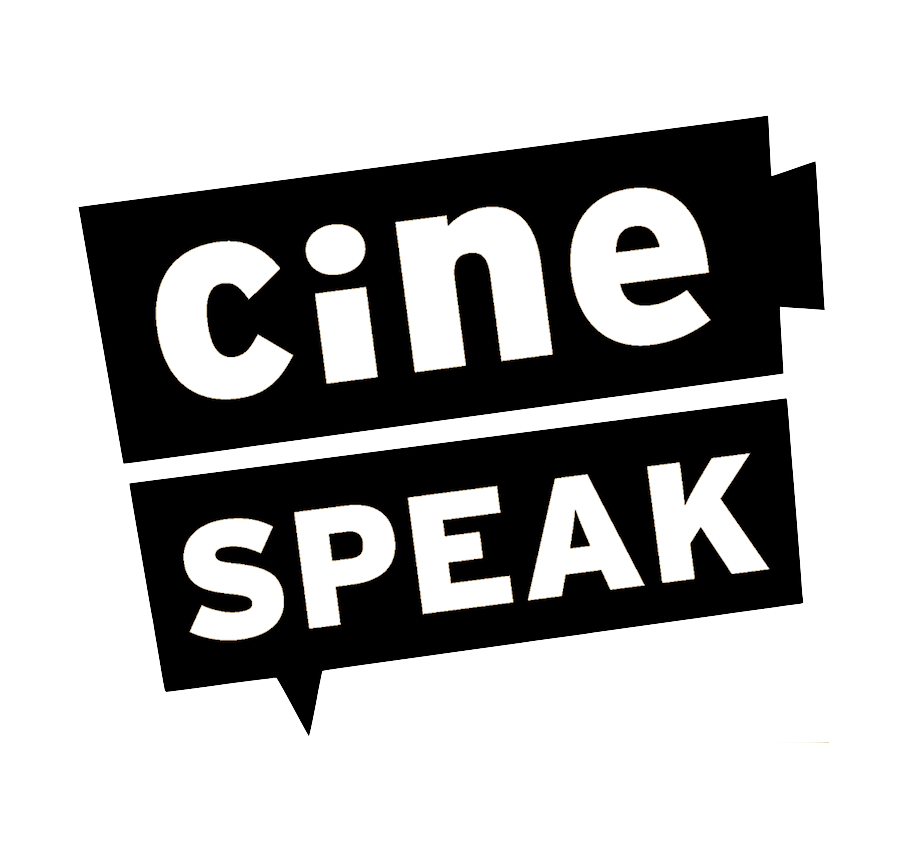
Sorry, the comment form is closed at this time.